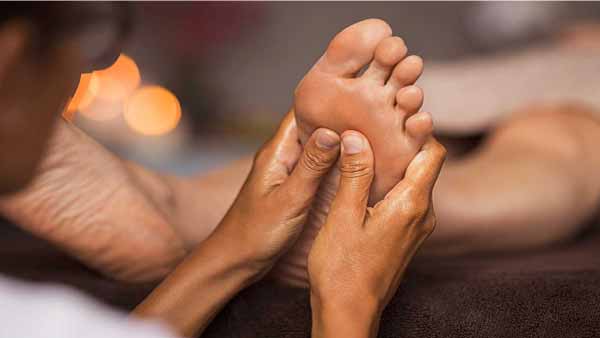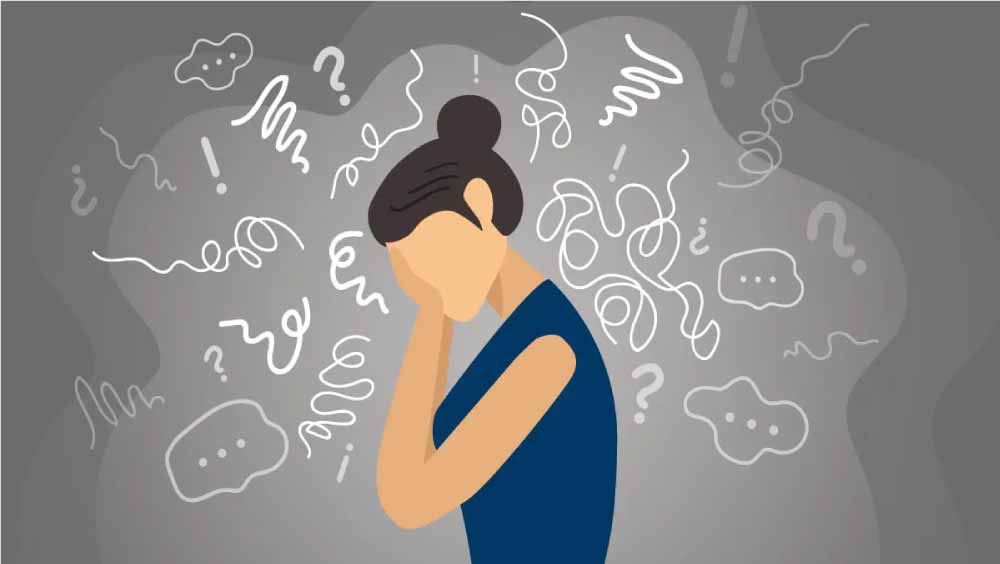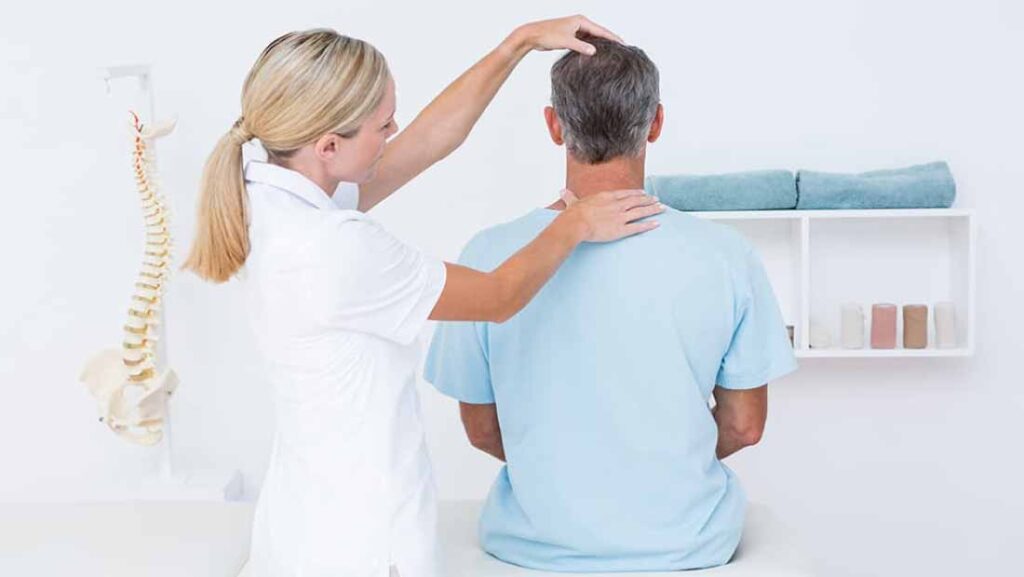Reflexology is an alternative therapy that focuses on massaging and manipulating certain specific areas of the foot, hand, and ear, which are thought to correspond to different parts of the body. It is believed that these areas, known as “reflex zones,” are connected through nerves and energy to organs and systems of the body, and that by working on these areas, the body’s healing and balancing processes can be stimulated.
Reflexology has been used for centuries in many different cultures, and has been popularized in Western alternative medicine in recent decades. Reflexology practitioners use massage and pressure techniques on the reflex zones to help relieve stress and tension, reduce pain, and improve blood and lymphatic circulation.
While reflexology is considered a safe practice, it is important for people seeking this type of treatment to ensure that the therapist is properly trained and certified in reflexology. In addition, as with any type of complementary therapy, it is important to consult with a doctor before starting any treatment, especially if you suffer from any illness or are taking any medication.
Reflex zones
Reflex zones are specific areas on the feet, hands, and ears that are thought to be connected to different parts of the body through nerves and energy. These reflex zones are used in reflexology to treat different health problems and to promote healing and balance in the body.
Some of the most common reflex zones in reflexology are:
Toes: The toes are thought to be connected to the head and neck, so stimulation of this area can help relieve headaches and migraines.
The central part of the foot: This area is thought to be connected to the body’s internal organs, such as the heart, lungs, liver, stomach, and kidneys.
The heel: The heel is thought to be connected to the lower back and buttocks, so stimulation of this area can help relieve low back pain.
The outside of the foot: This area is thought to be connected to the upper extremities of the body, such as the arms, shoulders, and hands.
In the hands, reflex zones are located in the palm of the hand and on the fingers, and are thought to be connected to different parts of the body in a similar way to the reflex zones on the feet.
In the ears, the reflex zones are located on the outside of the ear and are thought to be connected to different parts of the body through nerves and energy.
Specific areas on the foot
In reflexology, the reflex zones of the foot are divided into specific areas that correspond to different parts of the body. Below are some of the most common areas in foot reflexology:
The head and neck area
It is located on top of the toes and is believed to be connected to the head, neck, and sinuses. It is used to treat headaches, migraines, sinusitis, and other problems related to the head and neck.
The chest and lung area
It is located at the top of the arch of the foot and is believed to be connected to the chest and lungs. It is used to treat breathing problems such as asthma, bronchitis and pneumonia.
The stomach and liver area
It is located in the center of the foot and is believed to be connected to the stomach, liver, gallbladder, and pancreas. It is used to treat digestive problems such as indigestion, heartburn, diarrhea, and constipation.
The area of the kidneys and bladder
It is located on the inside of the arch of the foot and is believed to be connected to the kidneys, bladder and urinary system. It is used to treat urinary problems such as incontinence, cystitis, and prostatitis.
The area of the spine
It is located on the outer edge of the foot and is believed to be connected to the spine and surrounding musculature. It is used to treat back problems, such as low back pain and sciatica.
These are just some of the specific areas on the foot that are used in reflexology. Each reflexology therapist may have their own approach and methodology, and there may be variations in areas of focus.
The area of the genital organs
It is located on the bottom of the foot and is believed to be connected to the genital organs and reproductive system. It is used to treat sexual problems, such as impotence and erectile dysfunction.
The area of the endocrine glands
It is located in the center of the arch of the foot and is believed to be connected to endocrine glands, such as the thyroid gland and adrenal glands. It is used to treat hormonal problems, such as menopause and PMS.
The eye and ear area
It is located at the top of the heel of the foot and is believed to be connected to the eyes and ears. It is used to treat hearing and vision problems, such as hearing loss and nearsightedness.
In addition to these specific areas on the foot, reflexology practitioners may also work on other areas of the foot to treat health issues throughout the body. The goal of reflexology is to balance the body’s energy and stimulate natural healing, so treatment can vary depending on the individual needs of the patient.
The different parts of the body are connected through energy channels, and that by working on the reflex zones of the foot you can stimulate the flow of energy and promote the body’s natural healing. It is often used as a complementary form of medicine, and can be used in combination with other conventional medical treatments.
Reflexology uses specific massage and pressure techniques
Reflexology therapists use specific massage and pressure techniques on the reflex areas of the foot to stimulate the body’s healing response. For example, they may use the thumb to apply pressure to a specific point on the foot, or use kneading and rubbing techniques to stimulate blood and lymphatic circulation in the area. Reflexology is generally considered a safe, non-invasive therapy, although it is important to seek out a therapist with experience and proper training.
Some studies have suggested that reflexology may be beneficial for a variety of conditions, including chronic pain, anxiety, stress, and depression. However, most of the evidence for the benefits of reflexology is anecdotal, and more research is needed to fully understand how the therapy works and for which conditions it may be most effective.
In general, reflexology is a non-invasive natural healing technique that can be useful as an adjunct to other conventional medical treatments. If you’re interested in trying reflexology, talk to an experienced therapist to learn more about the process and determine if it’s right for your individual needs.


